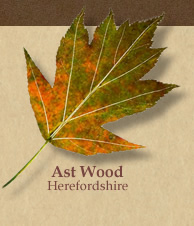What lives in Ast Wood?
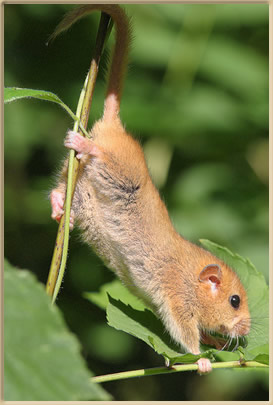
Dormouse (© Lepreskil)
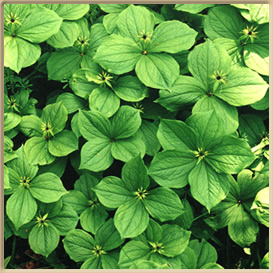
Herb Paris
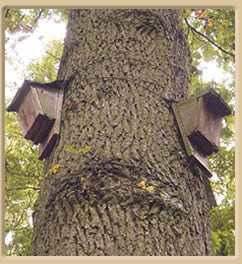
As well as a wide variety of native trees, the wood contains some species which are legally protected throughout Europe (known as EPS in the jargon). All seventeen British species of bat are endangered. We have made (from our own timber off-cuts) over 40 roost boxes, and are carrying out winter and summer surveys in order to play our part in the conservation of these fascinating mammals.
The dormouse also has EPS status and has been found in Ast Wood – sadly in very low numbers. The restoration of hazel coppice, with its high density of hazel stools, bramble and honeysuckle gives the ideal cover and food sources for this delightful, shy animal.
Herb Paris is a flowering plant which is an ancient woodland indicator species. As we discover 'new' patches, we are delimiting these areas with marker stakes in an attempt to map the current distribution and to track its future ecology.
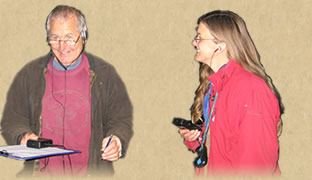
Not all wildlife is welcomed by woodland managers. Deer, grey squirrel and rabbits are all very destructive. Their populations are now too high in many woodlands to allow the aims of restoration of derelict coppice, production of high quality timber and recovery of woodland bird populations to be achieved. They therefore have to be controlled – a knotty issue! The future effects of climate change on our woodland ecology will also be many and varied – we can perhaps mitigate unwelcome ones by having as diverse a structure and hence wildlife populations as is feasible.

